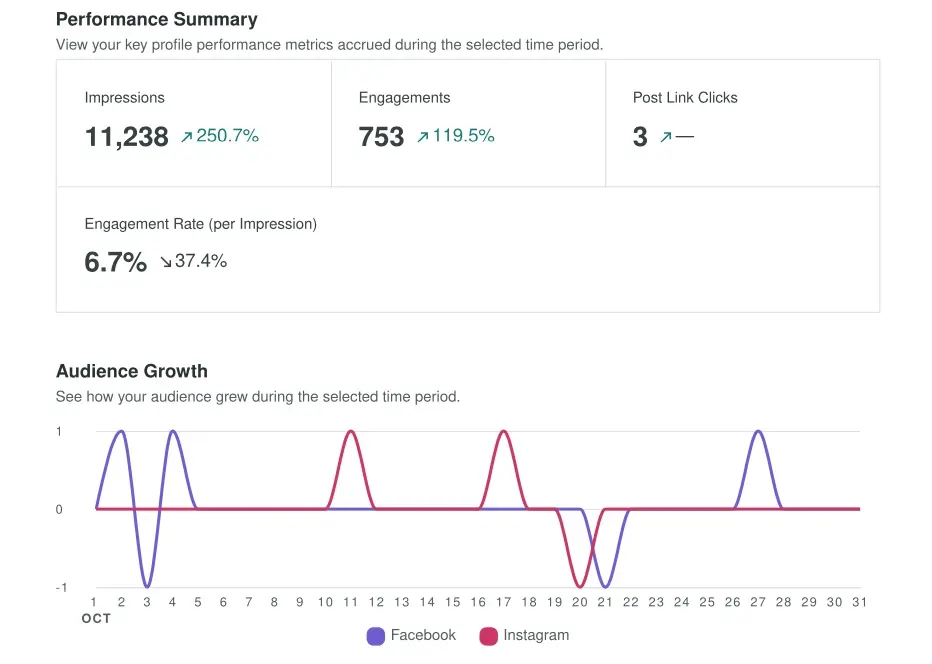Vendor churn is expensive. Here’s a practical 7-point checklist for choosing a marketing partner with staying power, plus what a durable, data-driven partnership looks like in year one and beyond.
The problem with “here today, gone tomorrow” vendors as your marketing partner
If you’ve been in business longer than a minute, you’ve probably lived this. A shiny new freelancer or agency promises the world. Three months later, response times slow. Reports get thin. By month six, your main contact has moved on and you’re re-explaining your brand to a new face. That ramp costs time, money, and momentum you never get back.
Churn has hidden costs. Rewriting briefs. Rebuilding ad audiences. Re-establishing brand voice. Re-earning platform trust with consistent activity. When marketing partners disappear, you pay for the privilege of standing still. The fix is not luck. It’s due diligence.
A 7-point resilience checklist
Use this checklist before you sign a potential marketing partner.
1) Years in business and client retention
Longevity doesn’t guarantee quality, but it does correlate with systems and staying power. Ask for client tenure data. How long do clients stay? What percentage renew each year? A marketing partner with a decade of operating history and multi-year client relationships has already survived platform shifts, algorithm updates, and economic cycles.
2) Team depth and coverage
Who backs up your account lead? If one person leaves, gets sick, or goes on parental leave, what happens to your strategy and publishing cadence? Look for a named backup, documented roles, and shared knowledge. Depth prevents single-point-of-failure.
3) Financial and operational stability
You’re not asking for tax returns. You are looking for indicators: insured vendor status, clear scope control, versioned SOPs, and a ticketing or project system that timestamps activity. A stable marketing partner shows their process. Unstable ones improvise.
4) Process transparency
Ask to see a sample report. How are KPIs defined? What cadence should you expect? What happens in week one, week two, and the first 90 days? If a marketing partner cannot explain onboarding, measurement, and optimization in plain language, you’ll be guessing when results arrive.
5) Portfolio relevance and case studies
You don’t need a clone of your business in their portfolio. You do need like-for-like problems solved. For example, turning inconsistent posting into a lead engine, or taking a brochure site and turning it into a conversion-ready hub. Request results over time, not just one viral spike.
6) Tech stack and documentation
Who owns the keys? Your logins, ad accounts, analytics property, CRM, and domain should live in your ownership with proper roles granted to the marketing partner. Ask for a shared asset tracker and a handoff guide. A durable marketing partner think about continuity from day one.
7) References you can actually speak to
Ask for two references whose businesses look like yours in size or sales cycle. Prepare three questions: What changed in the first 90 days? How do they handle misses? If your main contact left tomorrow, would you still stay?
Questions to ask before you sign a new marketing partner
- What happens if our main contact is unavailable for two weeks?
- How do you define success in the first 90 days and what will I see weekly?
- Who owns our assets, logins, and creative files?
- What are our approval checkpoints and how do you handle urgent changes?
- If we pause or scale down, what does that look like contractually?
Write the answers down. Compare them across vendors. The strongest marketing partner will invite this level of scrutiny.
Red flags that predict a short shelf life
- Pricing far below market with no rationale.
- Vague reporting without source data.
- No written scope or change process.
- Everyone is “senior,” but no one can walk you through a workflow.
- Pushback when you ask for account ownership or documentation.
One red flag might be a misunderstanding. Three or more is a pattern.
What durable partnership looks like with Jus B Media as your marketing partner
Jus B Media has been building brands for ten years. That matters because social platforms, search expectations, and buyer behavior have changed many times in that window. We’ve adjusted our playbooks and tools through each cycle, which is exactly what you want behind your account.
Here’s how a long-term, low-drama engagement runs.
Strategy first, then systems
We map goals to channels and metrics you actually care about. Traffic quality, form fills, booked calls, and revenue influence how we report on reach and engagement. Then we implement systems: content operating cadence, approval workflows, asset trackers, and shared dashboards.
Social and web under one roof
Most brands try to fix social by posting more. Often the bottleneck lives on the website. Slow pages, unclear offers, or missing conversion paths make social work harder than it should be. We build and optimize the site alongside your social program so traffic has a job to do. That synergy compounds results.
The first 90 days with a marketing partner
Week 1 to 2. Discovery, asset transfer, analytics and pixel verification, baseline reporting.
Week 3 to 4. Content and creative framework, voice calibration, first campaign live.
Week 5 to 8. Iteration based on early reads, landing page tweaks, audience refinement.
Week 9 to 12. Trend analysis, expanded assets, and a quarterly review with clear next priorities.
Reporting you can read

Monthly rollups summarize what happened, why it happened, and what we’re doing next. Quarterlies look wider. We compare period-over-period, call out compounding gains, and recommend reallocations. You’ll see the story, not just the charts.
How to run your selection process in one week
- Shortlist 3 partners.
- Give each the same mini brief and a 30-minute call.
- Ask the same 10 questions.
- Request a sample report, a client tenure stat, and two references.
- Compare answers, process, and chemistry.
- Choose the partner who shows depth, data, and fit. Not just the best pitch.
Next steps
If you’re finalizing 2026 budgets, book a 30-minute strategy session. We’ll audit your current social and site, pinpoint the bottlenecks, and outline a 90-day plan you can take back to your team with confidence.
Schedule a strategy session before 2026 budgets are finalized.

